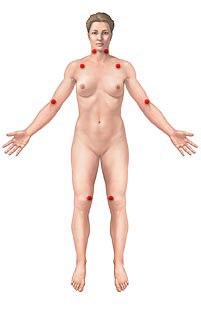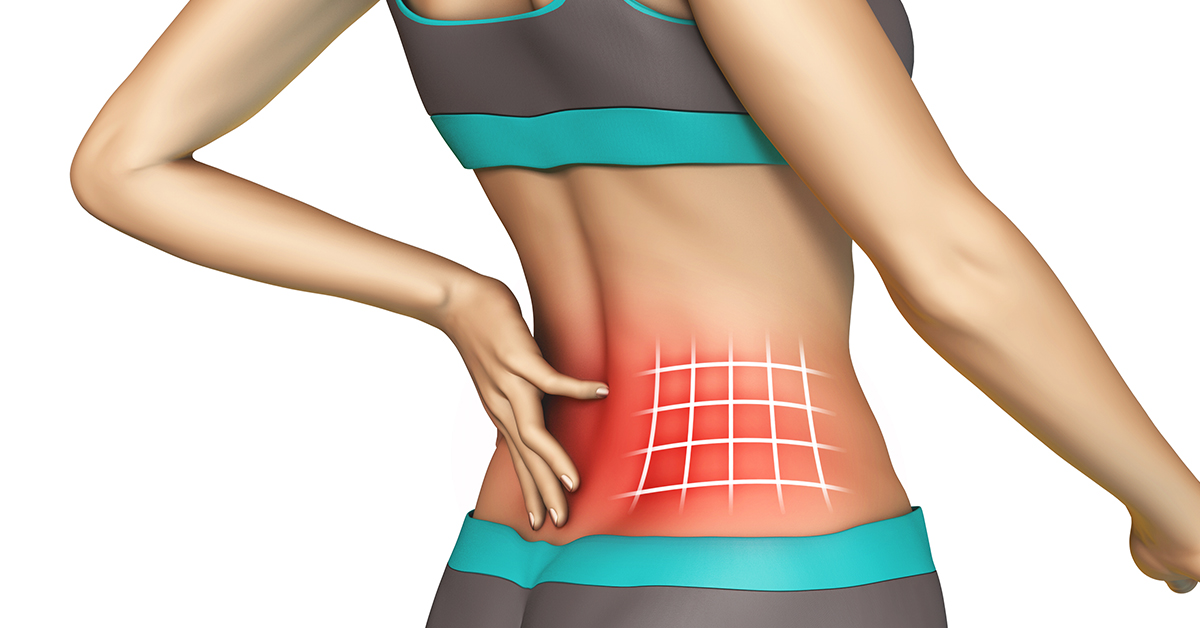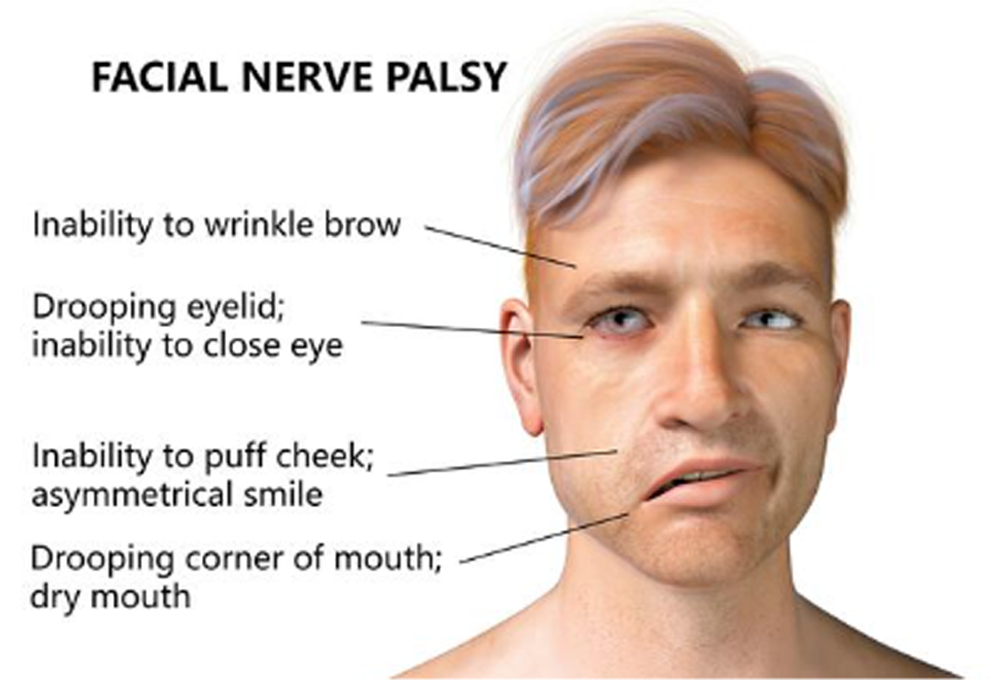Compliance with Clinical Practice Guidelines in Family Physicians Managing Worker’s Compensation Board Patients with Acute Lower Back Pain
Compliance with Clinical Practice Guidelines in Family Physicians Managing Worker’s Compensation Board Patients with Acute Lower Back Pain
SOURCE: Spine J 2003 (Nov); 3 (6): 442–450
Paul B. Bishop, DC, MD, PhD, Peter C. Wing, MB, MSc, ChB, FRCS(C)
Combined Neurosurgical and Orthopaedic Spine Program,
Heather Pavilion, Vancouver General Hospital,
Vancouver, BC, Canada
Background context: Family physician compliance with acute lower back pain clinical practice guidelines remains uncertain.
Purpose: To determine the degree of guideline compliance of family physicians managing patients with workers’ compensation claims and acute mechanical lower back pain.
Study design: Observational study.
Patient sample: One hundred thirty-nine family physicians in British Columbia.
Outcome measures: Compliance with guideline recommendations for history, examination procedures, diagnostic testing and treatments.
Methods: Physician workers’ compensation board patient reports for acute lower back pain without leg symptoms and not greater than 2 to 3 weeks duration were scored for guideline adherence up until 12 weeks after onset.
Results: Physicians demonstrated a high degree of compliance with the guideline-recommended history, examination procedures and medications, but low compliance with recommended imaging and many treatment recommendations.
There is more like this @ our:
LOW BACK PAIN Section and the:






